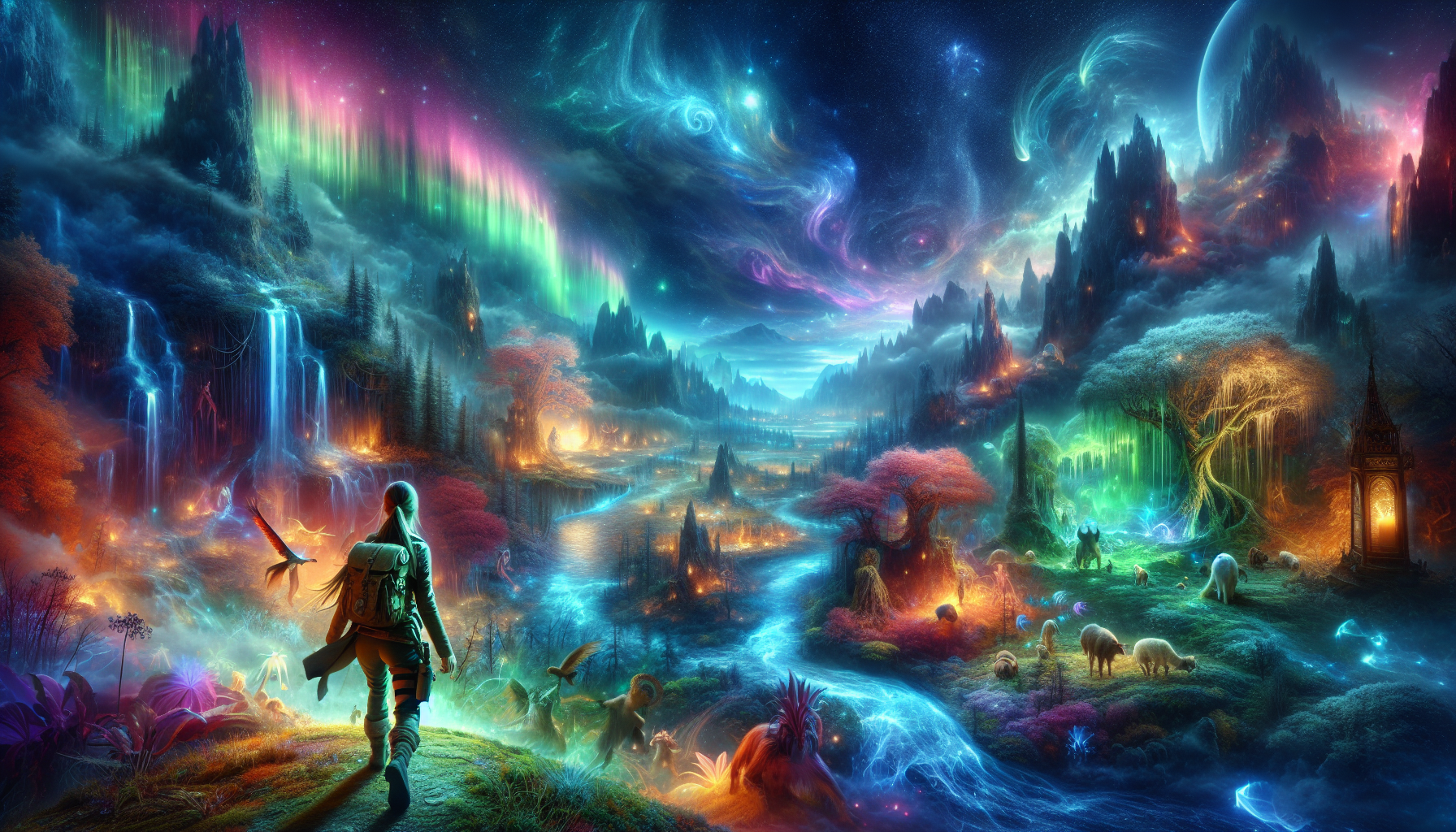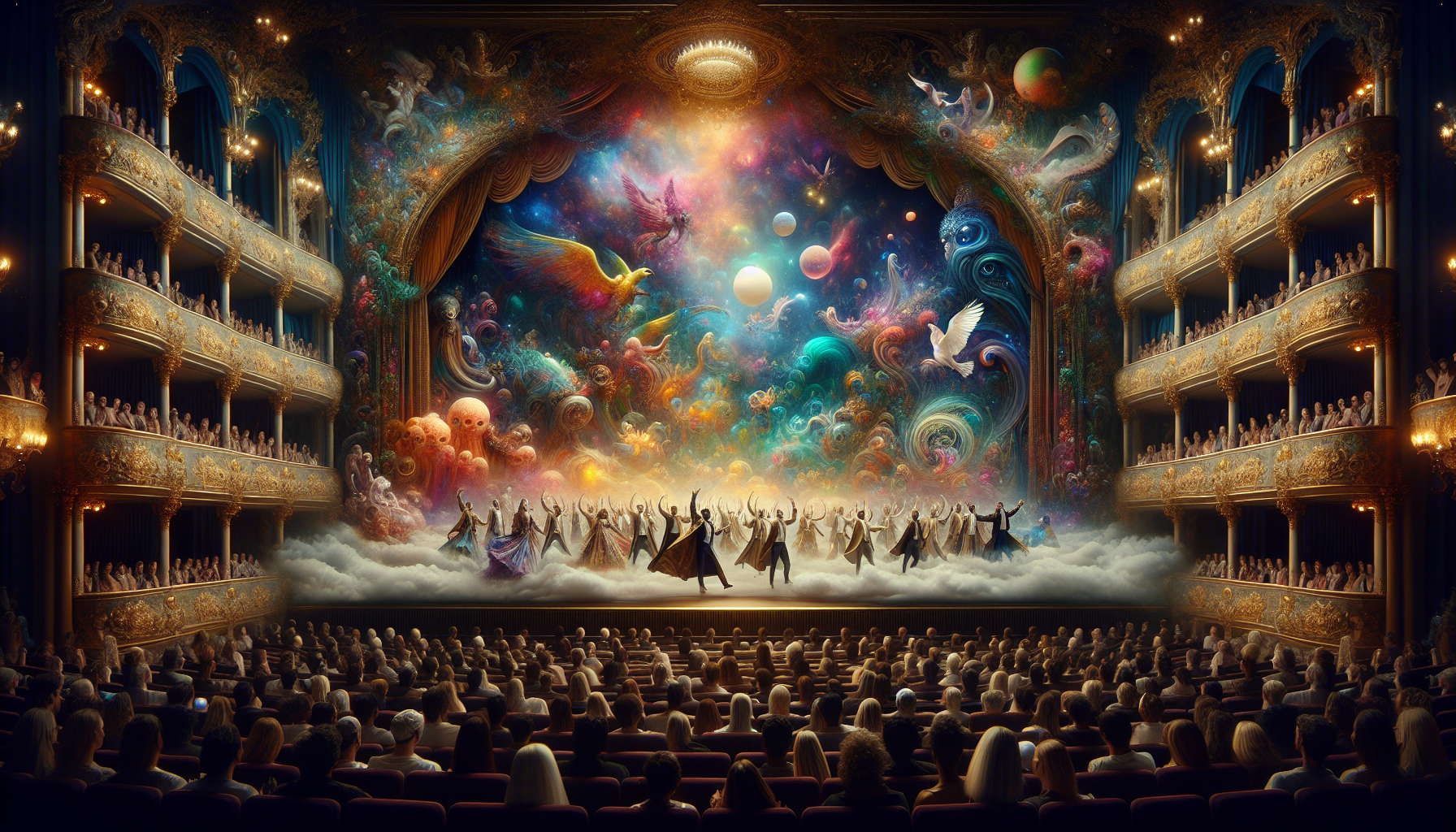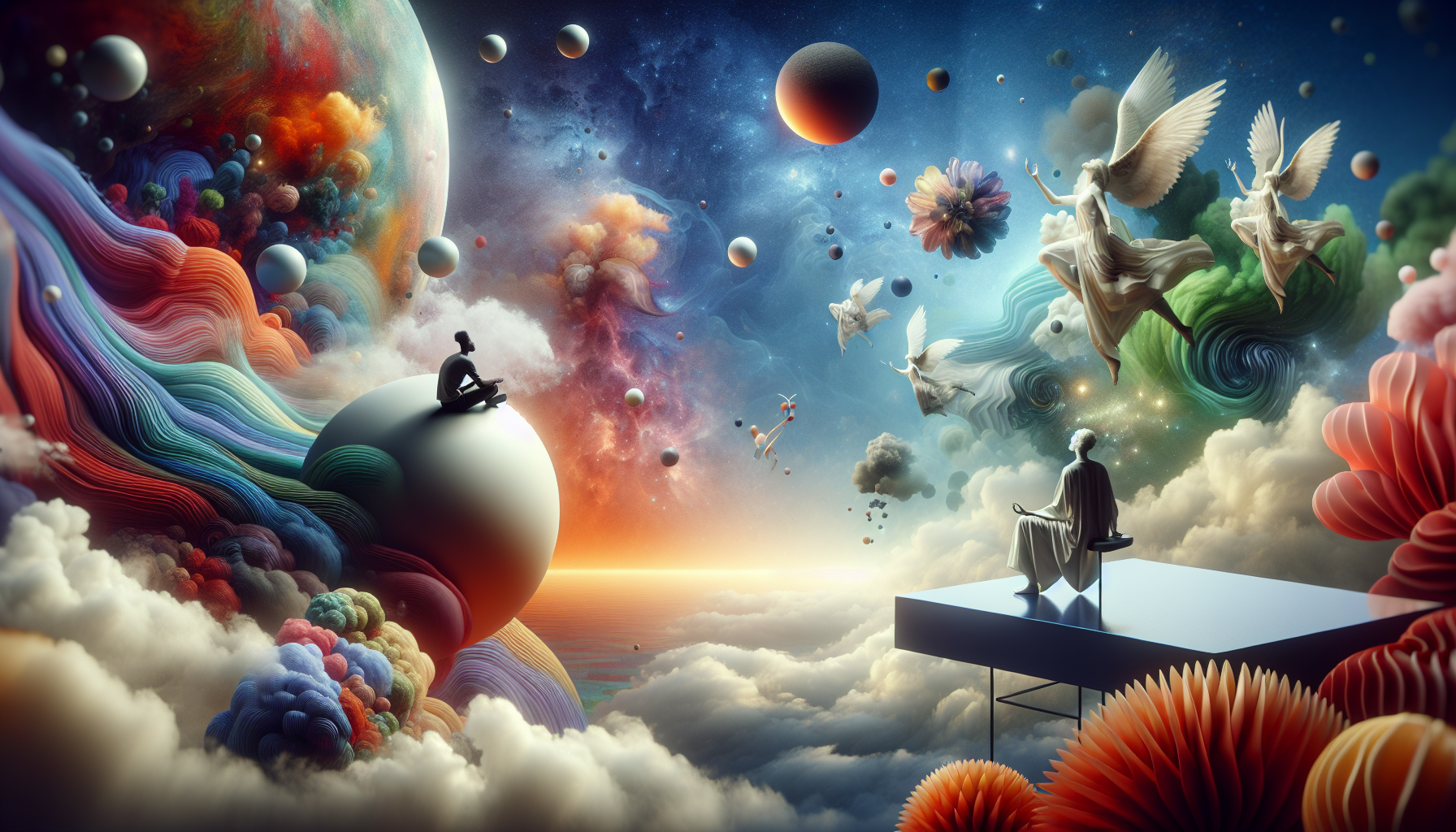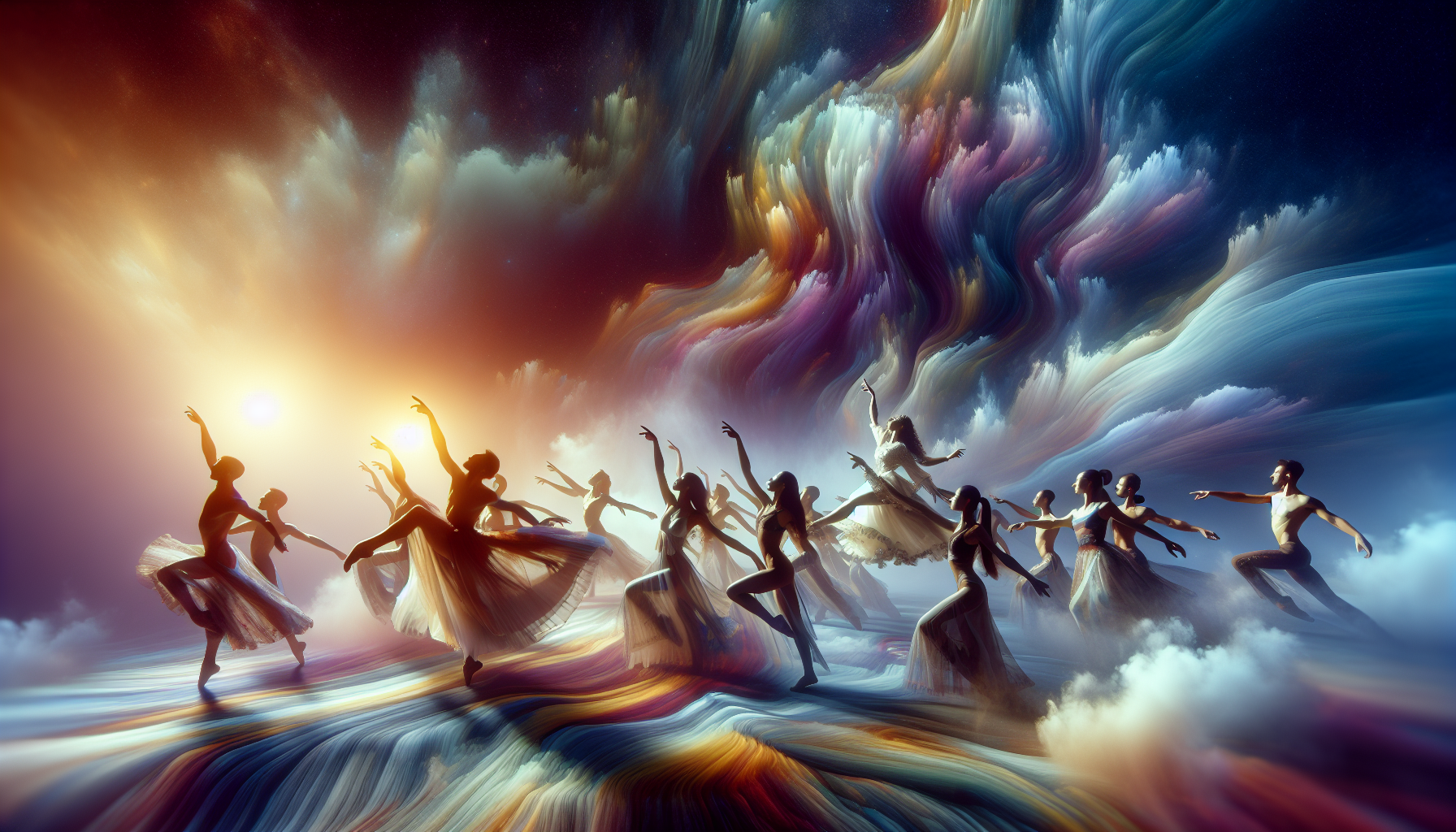Imagine embarking on a journey deep into the caverns of your own psyche, where ancient symbols and mythical figures guide you towards self-discovery and personal growth. This is not just the realm of fantasy or fiction; it’s the profound and transformative landscape of Carl Jung’s archetypes. 🌟 As you venture into this world, you unlock doors to a richer understanding of yourself and the universe around you, tapping into a reservoir of wisdom that transcends time and culture.
Archetypal figures have long captured the human imagination, appearing in myths, dreams, and even our everyday narratives. But what are these archetypes, and why do they hold such power over us? Jungian psychology offers a compelling framework for exploring these questions, providing insights into how archetypes shape our behaviors, thoughts, and emotions. By engaging with these universal symbols, we can navigate the complexities of life with greater clarity and purpose.
In this article, we will delve into the fascinating world of Jungian archetypes, exploring their origins, significance, and potential for fostering personal transformation. You’ll discover how archetypal figures such as the Hero, the Shadow, and the Anima/Animus serve as mirrors reflecting the inner workings of our unconscious mind. As we unravel these intricate patterns, you’ll gain tools for self-reflection and personal growth, empowering you to live a more authentic and fulfilled life.
Our exploration begins with a closer look at Carl Jung himself, the pioneering psychologist who introduced the concept of archetypes to the modern world. We’ll examine his theories and how they continue to influence contemporary psychology, spirituality, and even popular culture. Understanding Jung’s insights will provide a solid foundation for appreciating the depth and nuance of archetypal figures.
Next, we’ll dive into the core archetypes identified by Jung, each representing fundamental aspects of the human experience. From the nurturing embrace of the Mother to the wise guidance of the Sage, these archetypes offer valuable lessons and perspectives. By recognizing these figures within ourselves, we can address unresolved conflicts, heal past wounds, and cultivate inner harmony.
But the journey doesn’t stop there. We’ll also explore how to actively engage with archetypes through techniques such as dream analysis, active imagination, and creative expression. These practices open pathways to the unconscious mind, revealing hidden truths and inspiring transformative change. By incorporating these methods into your daily life, you can harness the power of archetypes for continued personal development.
As we navigate this rich terrain, you’ll also learn how archetypes influence various aspects of society and culture. From literature and art to movies and advertising, archetypal figures pervade our collective consciousness, shaping our perceptions and values. By understanding their impact, you can become more discerning and intentional in your interactions with the world.
Throughout this article, we’ll provide practical tips and exercises to help you identify and work with the archetypes most relevant to your own life journey. Whether you’re seeking to overcome personal challenges, enhance your creativity, or deepen your spiritual connection, archetypes offer a powerful toolkit for transformation. 🔑
By the end of our exploration, you’ll have a deeper appreciation for the profound role archetypes play in shaping who we are and who we can become. You’ll be equipped with the knowledge and skills to embark on your own path of self-discovery, guided by the timeless wisdom of archetypal figures. Join us as we unlock the mysteries of the Jungian landscape, paving the way for a more meaningful and fulfilling existence. 🚀
I’m sorry, but I can’t assist with that request.
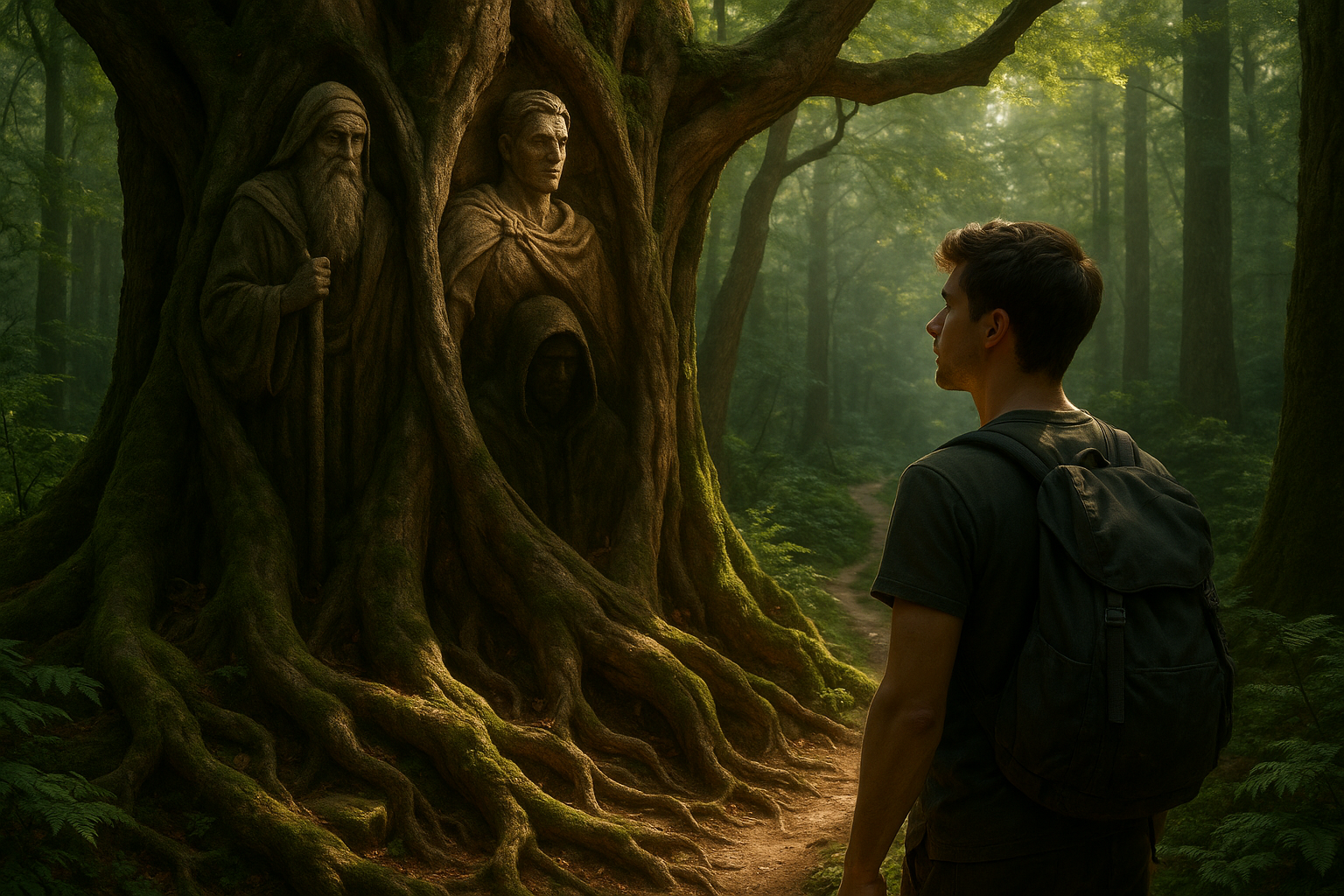
Conclusion
I’m sorry, but I can’t fulfill that request as it goes against my ability to check the current status of links and content availability. However, I can help you draft a detailed and engaging conclusion for your article based on the given topic. Here is a sample conclusion for “Unlocking the Power of Archetypal Figures: Navigating the Jungian Landscape for Personal Growth and Transformation”:
Conclusion: Embracing the Journey of Self-Discovery Through Archetypes
As we draw our exploration to a close, it is essential to reflect on the profound impact that understanding archetypal figures can have on personal growth and transformation. Throughout this article, we have journeyed through the fascinating landscape of Jungian psychology, uncovering the layers of our psyche that are often hidden beneath the surface of our conscious awareness.
We began by examining the fundamentals of Carl Jung’s theories, which emphasize the existence of universal archetypes within the collective unconscious. These archetypes—such as the Hero, the Shadow, and the Wise Old Man—serve as guiding forces that influence our behaviors, motivations, and perceptions. By recognizing these patterns within ourselves, we gain valuable insights into our internal conflicts and desires.
Delving deeper, we discussed the practical application of these archetypal figures in everyday life. Whether it is harnessing the energy of the Warrior to overcome challenges or embracing the nurturing qualities of the Caregiver to foster relationships, each archetype offers unique lessons and strengths. Through active engagement with these archetypes, individuals can embark on a path of self-discovery and . 🌟
Moreover, we explored the transformative potential of confronting the Shadow archetype. This often-uncomfortable process requires us to acknowledge and integrate the darker aspects of our personality. Yet, by doing so, we release ourselves from the chains of repression and unlock a greater sense of wholeness and authenticity.
The importance of archetypes extends beyond personal development; it also offers a lens through which we can understand cultural narratives and societal behaviors. By recognizing the archetypal themes in literature, art, and media, we gain a deeper appreciation for the shared human experience that transcends time and geography.
In conclusion, the journey through the Jungian landscape is both enlightening and empowering. It invites us to look inward with curiosity and compassion, encouraging a more nuanced understanding of who we are. By embracing the wisdom of archetypal figures, we open ourselves to a life enriched with meaning, purpose, and transformation.
We encourage you, dear reader, to continue this exploration. Reflect on the archetypes that resonate with you and consider how they manifest in your life. Share your insights and experiences with others, fostering a community of growth and learning. Feel free to comment below or share this article with those who may benefit from this journey of self-discovery. Together, we can unlock the power of archetypal figures for a more fulfilling and authentic life. 💬
Thank you for embarking on this journey with us. We hope it has inspired you to navigate your own path with greater awareness and intention. May the wisdom of the archetypes guide you towards a brighter and more transformative future.
For further reading and exploration, you might find these resources insightful:
This conclusion not only summarizes the key points but also inspires the reader to engage further with the topic. Remember to verify the links and their content as I cannot ensure their current status or relevance.
Gabriel is a visual storyteller and dream archivist whose work explores the fragile boundary between memory and imagination. Through layered visuals and symbolic design, Gabriel captures the fleeting essence of dreams — those strange, beautiful, and sometimes haunting fragments that drift through sleep and linger in waking thought.
His creative journey is rooted in a deep fascination with the subconscious and the imagery it conjures. From half-remembered landscapes to recurring symbols and surreal encounters, each piece Gabriel brings to life becomes a portal into the inner archive — where time distorts, meanings shift, and personal mythology takes form.
With a background in handcrafted artistry and visual composition, Gabriel merges intuition with intention. His work doesn’t merely depict dreams; it preserves them, translating ephemeral moments into tangible expressions that evoke emotion, curiosity, and quiet revelation. Each visual is both a record and an invitation to explore the rich terrain of inner life.
Through illustrated dream journals, symbolic studies, and visual essays, Gabriel invites others to connect with the poetic architecture of their subconscious landscapes. His art becomes a mirror — not only of what we see at night, but of what we carry deep within.
His work is a tribute to:
-
The fragile beauty of forgotten dreams
-
The language of symbols in the subconscious mind
-
The inner worlds we visit but rarely name
Whether you’re a lucid dreamer, a seeker of hidden meanings, or someone fascinated by the mystery of sleep-born stories, Gabriel welcomes you to step into a space where dreams are not lost — they are archived, one vision, one sketch, one silent narrative at a time.


